matching new to old wood floor
mewton
17 years ago
Featured Answer
Sort by:Oldest
Comments (10)
sombreuil_mongrel
17 years agoRelated Professionals
Four Corners Kitchen & Bathroom Designers · Hershey Kitchen & Bathroom Designers · Brentwood Kitchen & Bathroom Remodelers · Calverton Kitchen & Bathroom Remodelers · Fort Washington Kitchen & Bathroom Remodelers · Ogden Kitchen & Bathroom Remodelers · West Palm Beach Kitchen & Bathroom Remodelers · Ashwaubenon Interior Designers & Decorators · Garden Acres Interior Designers & Decorators · Garden City Interior Designers & Decorators · Bloomington General Contractors · Bryan General Contractors · Delhi General Contractors · Evans General Contractors · Parma General Contractorsmewton
17 years agoUser
17 years agoFori
17 years agosombreuil_mongrel
17 years agoFori
17 years agomewton
17 years agoranchreno
17 years agoprsd4tim2
16 years ago
Related Stories

COLOR11 Terrific Paint Color Matches for Wood Details
Pair your wood trim and cabinets with the right shade of wall paint to bring out the beauty in both
Full Story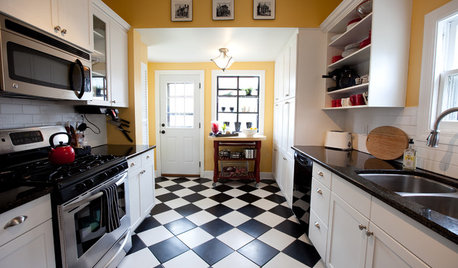
KITCHEN DESIGNKitchen Flooring 101: Find Your Material Match
From cork to concrete, our guide will help you pick the perfect surface for your kitchen floor
Full Story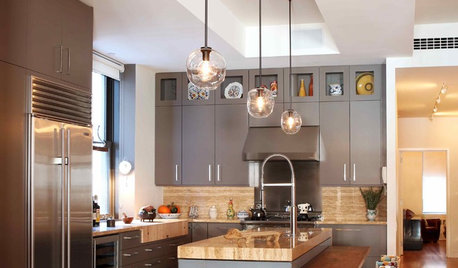
KITCHEN DESIGNMix and Match Kitchen Materials for a Knockout Design
Give your kitchen unexpected flavor by combining wood, stone, glass and more. Here’s how to get the mix right
Full Story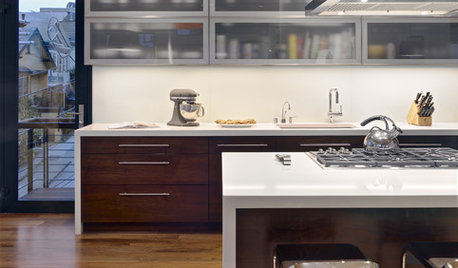
KITCHEN DESIGNMix and Match Your Kitchen Cabinet Styles
Combine contrasting materials for a kitchen all your own
Full Story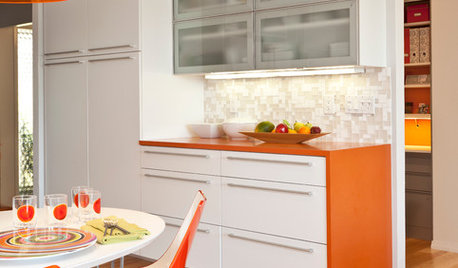
KITCHEN DESIGNCountertop and Backsplash: Making the Perfect Match
Zero in on a kitchen combo you'll love with these strategies and great countertop-backsplash mixes for inspiration
Full Story
KITCHEN CABINETSKitchen Confidential: 7 Ways to Mix and Match Cabinet Colors
Can't decide on a specific color or stain for your kitchen cabinets? You don't have to choose just one
Full Story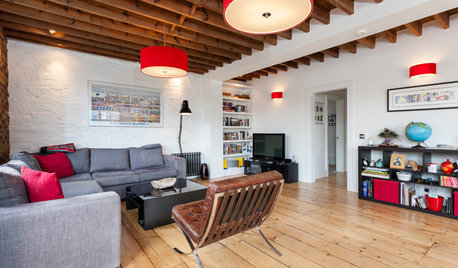
LOFTSMy Houzz: Ronnie Wood’s Old Art Studio Gets a Makeover
Check out this contemporary update of a former factory flat that survived World War II bombs and use by a member of The Rolling Stones
Full Story
HOUZZ TOURSMy Houzz: Sophisticated, Old-World Charm for a Dallas Rambler
Warm wood tones and secondhand finds shine in this first-time homeowner’s home
Full Story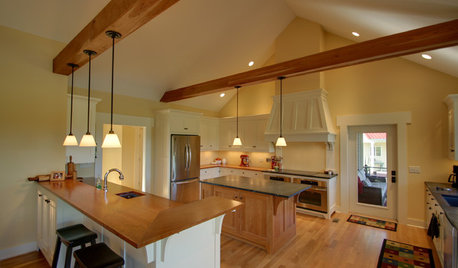

STAIRWAYSThe Upstairs-Downstairs Connection: Picking the Right Stair Treatment
Carpeting, runner or bare wood? Check out these ideas for matching your staircase floor treatment to upstairs and downstairs flooring
Full Story






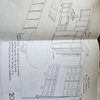


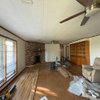
User